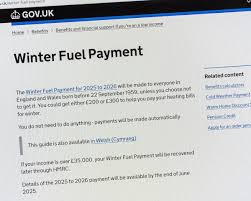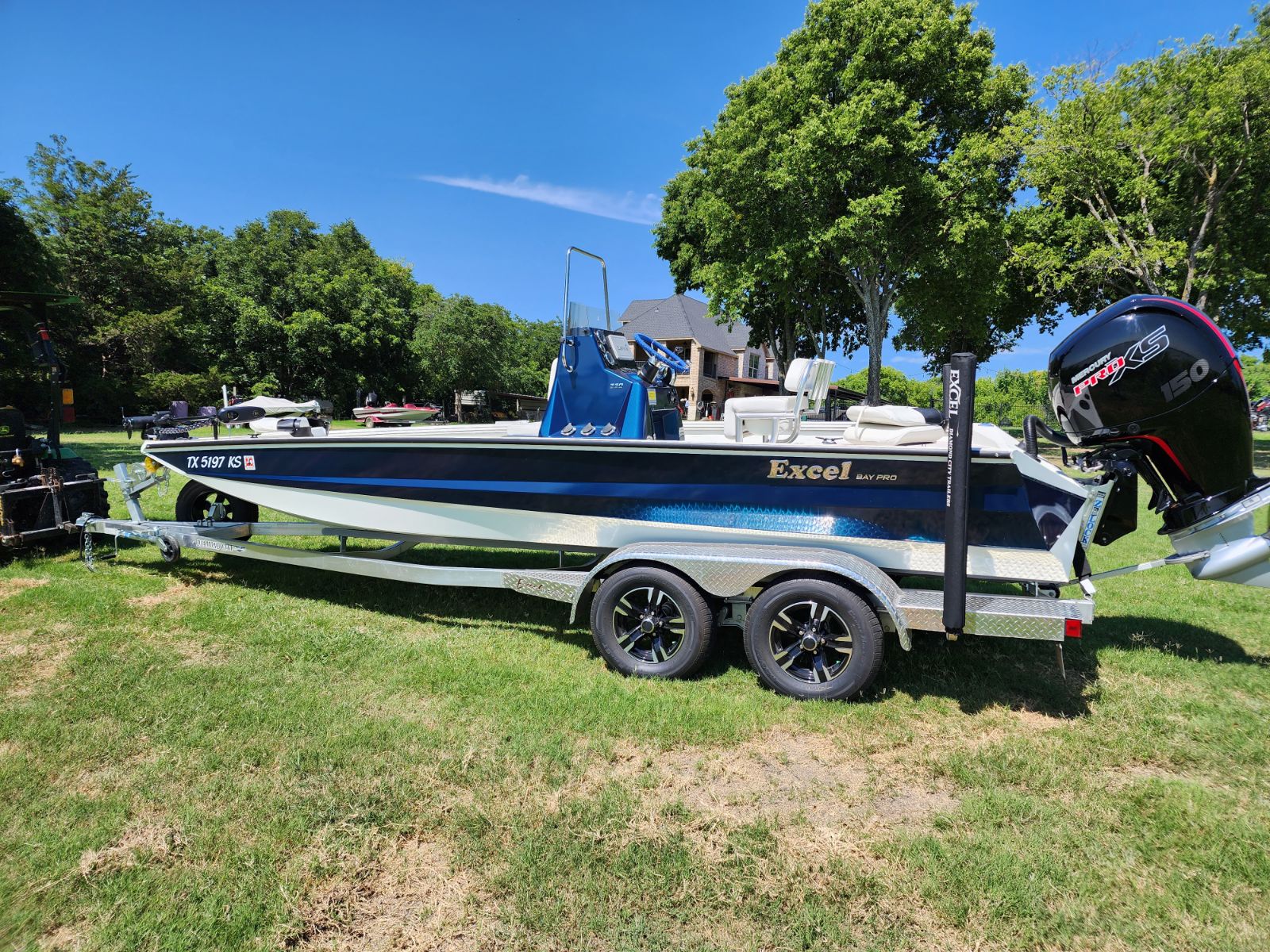
Introduction
The winter fuel payment is a vital financial support scheme in the United Kingdom, designed to assist individuals, particularly the elderly, in managing their heating costs during the colder months. With rising energy prices and a growing concern over fuel poverty, understanding this payment’s eligibility criteria and application process is more important than ever as winter approaches.
What is Winter Fuel Payment?
A winter fuel payment is a tax-free payment made to qualifying individuals aged over 66 to help cover their heating costs during the winter period. It typically ranges from £100 to £300, depending on the claimant’s age and circumstances. This allowance is separate from other forms of welfare support and aims to ensure that older adults can keep warm during the coldest months of the year.
Who is Eligible?
To qualify for the winter fuel payment, you must meet certain criteria:
- Be born on or before 25 September 1956.
- Live in the UK for at least one day during the qualifying week, which is usually in September.
- Not be in hospital or receiving certain types of care or living in a care home.
Additionally, those who receive other benefits, such as Pension Credit, may be entitled to a higher payment to help offset their winter heating bills.
How to Apply?
If you qualify for the payment, there is no need for a separate application if you are already receiving state pension or benefits; you will automatically receive the payment. However, if you have not received this payment before, you may need to apply through the official government website or contact your local benefits office.
Current government sources indicate that the application process can be completed online, with decisions typically made within a few weeks.
Current Developments and Future Outlook
With energy prices plummeting and rising living costs affecting many households, the winter fuel payment scheme is set to play a crucial role in reducing financial burdens for the elderly this year. Recent discussions in Parliament have highlighted the possibility of increasing the value of these payments in future budgets to better support low-income households.
Experts suggest that ensuring efficient communication about the payment and its importance can greatly help communities at risk of fuel poverty.
Conclusion
The winter fuel payment is a significant measure aimed at safeguarding the well-being of older citizens during harsh weather. Understanding eligibility, application processes, and current developments surrounding the payment can empower households to take necessary steps in ensuring they receive the support they require. As winter approaches, it is essential for eligible individuals to remain informed about their rights and available resources to navigate the colder months comfortably.
You may also like

The Impact of RB on Modern Banking

Understanding Loans: Impact and Importance in Today’s Economy
